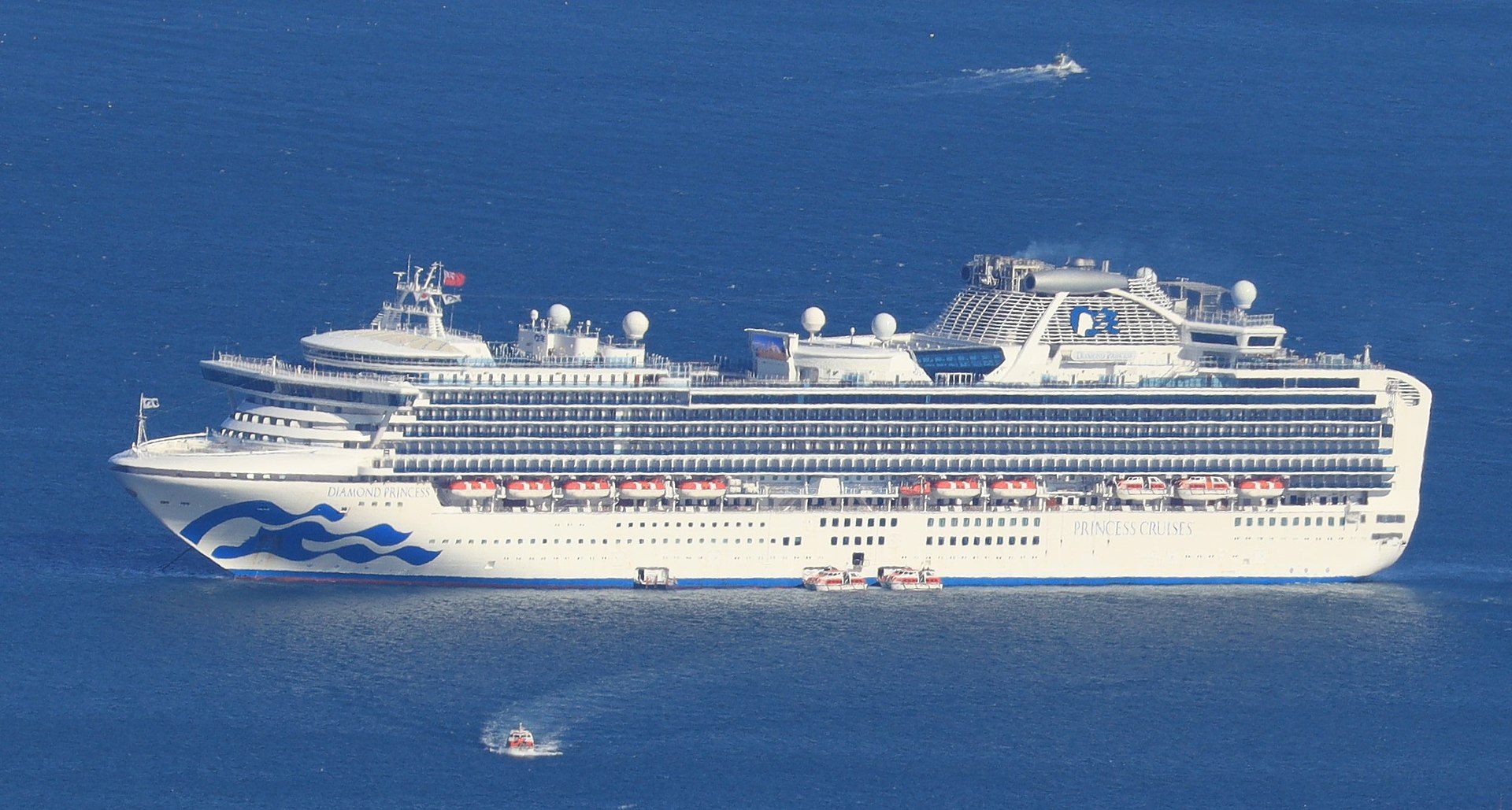Media release
From:
COVID-19 transmission pathways on the Diamond Princess cruise ship
A study suggests that airborne transmission contributed substantially to the COVID-19 outbreak on the Diamond Princess cruise ship. Data on the relative importance of various pathways for COVID-19 transmission remain limited. However, several lines of evidence suggest the importance of transmission via small aerosols that can remain suspended in air and transport over long distances. Parham Azimi, Brent Stephens, Joseph Allen, and colleagues modeled COVID-19 transmission aboard the Diamond Princess cruise ship, which experienced a major COVID-19 outbreak in early 2020, to evaluate the relative contributions of various transmission pathways. Based on their model results, the authors estimated that short-range, long-range, and fomite transmission modes each contributed to 30-35% of overall disease transmission in this case study. Aerosols smaller than approximately 10 µm, which participate in all three modes of transmission, contributed to more than half of overall transmission. Both large droplets and small aerosols contributed equally to transmission before passengers were quarantined, while small aerosols dominated transmission post-quarantine. The results underscore the importance of measures to control small aerosol inhalation in addition to existing measures to control large droplet and fomite transmission. According to the authors, similar methods could be applied to assess disease transmission risk in other indoor environments besides cruise ships, and for other airborne infectious diseases besides COVID-19.



 International
International



